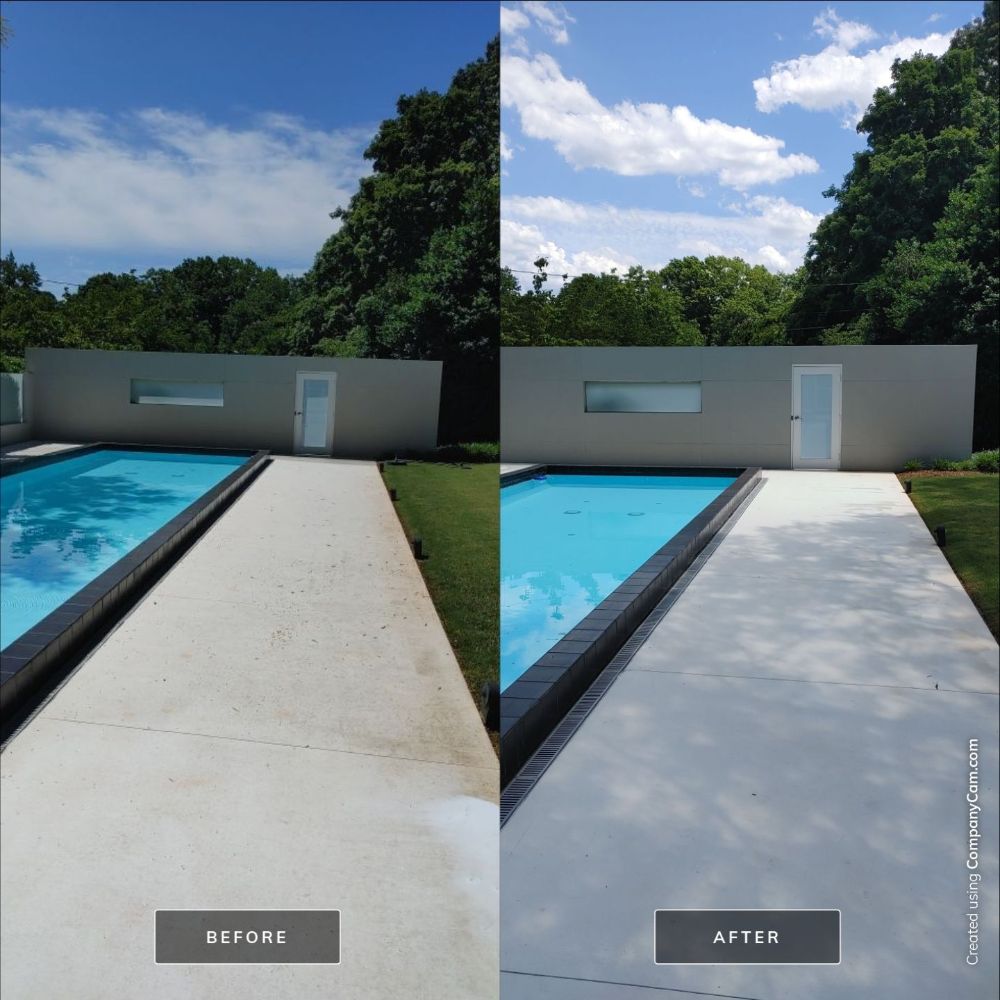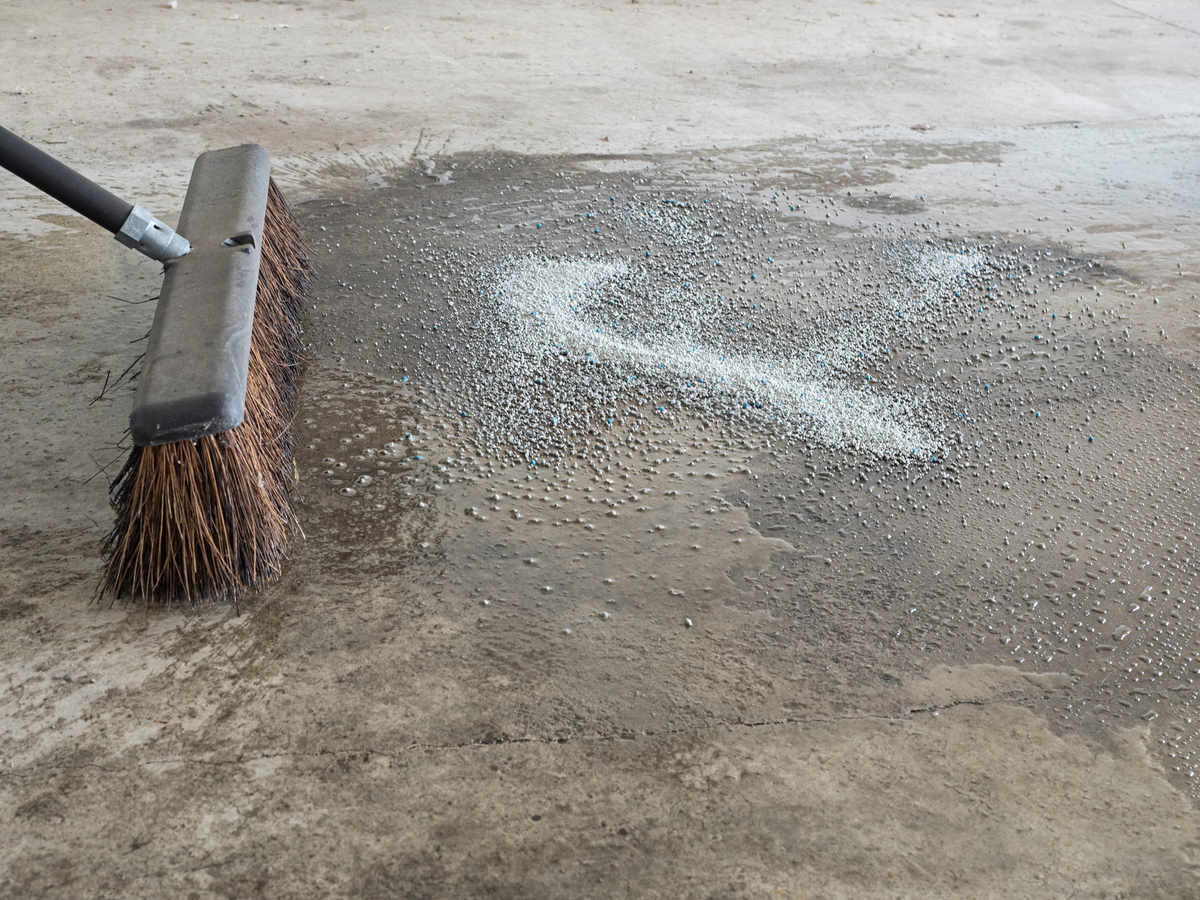Strongsville Fleet Washing: The Best Way to Maintain Your Vehicles’ Shine
Strongsville Fleet Washing: The Best Way to Maintain Your Vehicles’ Shine
Blog Article
Simple Steps for Successful Oil Spot Elimination From Vehicle Surfaces
Effective oil discolor elimination from lorry surfaces is essential for maintaining both appearances and value. Understanding the kind of discolor and the product affected can significantly affect the cleansing procedure. By utilizing the right methods and materials, one can achieve satisfying outcomes without compromising the stability of the lorry's finish. Nonetheless, the strategy to pre-treatment and the choice of cleansing agents can differ commonly, resulting in different end results. As we discover these necessary steps, it comes to be obvious that interest to information is critical for success. What certain techniques can guarantee optimum results in this endeavor?
Examining the Stain Kind
When taking on oil discolor elimination from vehicles, it is necessary to first evaluate the type of tarnish present. Oil spots can differ substantially based on their beginning, age, and the surface area they have actually passed through. Typical sources of oil discolorations include engine oil, transmission fluid, and also cooking oil, each possessing distinct attributes that influence the elimination procedure.

In addition, consider the location of the discolor. Strongsville Fleet Washing. Discolorations near the engine area might suggest a leak, while those underneath the vehicle can arise from drips or spills. By accurately recognizing the discolor's origin and problem, car owners can choose one of the most reliable elimination strategies, ensuring effective outcomes without creating more damages
Event Necessary Supplies
Preparing for oil discolor removal involves collecting the needed products to make sure a efficient and safe cleansing procedure. The right devices and materials can make the distinction between an effective outcome and more damage to your vehicle's surface.
Begin by getting absorbing materials such as paper towels or dustcloths, which will certainly assist in blotting up excess oil. Recipe soap watered down in warm water can offer as a mild option for lighter discolorations.
A soft-bristle brush or sponge will certainly be necessary for using the cleansing solution without scraping the surface area. In addition, rubber gloves must be put on to safeguard your hands from rough chemicals, while security goggles can guard your eyes from splashes.
Lastly, a hose pipe or pressure washing machine is advised for washing the area completely after therapy. By putting together these materials prior to beginning the cleansing process, you established the phase for reliable oil stain removal, ensuring that the automobile's outside stays unscathed while restoring its look.
Pre-Treatment Steps
With the required materials set up, the focus shifts to the pre-treatment steps that will aid maximize the oil discolor removal process. First, it is essential to identify the kind of surface area affected by the oil tarnish, find out as various products might require customized techniques. Strongsville Fleet Washing. Clean the location around the discolor with water and mild soap to eliminate any kind of dirt or debris, which can prevent the performance of the stain removal technique
Following, examine the oil discolor's age and depth. Fresh spots usually respond far better to treatment than older ones, which may have penetrated the surface extra deeply. For older spots, consider soaking the location lightly with an ideal solvent, making sure that it does not harm the underlying material.
When the surface area is prepared, blot the stain carefully with a tidy, dry cloth or paper towel to soak up excess oil. These pre-treatment steps lay the groundwork for effective discolor elimination, establishing the phase for the next phase of the procedure.
Cleansing Approaches to Utilize
Effective cleaning techniques are important for efficiently removing oil spots from lorries. To begin, select a degreaser particularly developed for auto usage. Apply the degreaser generously to the discolored location, ensuring it covers the oil spot entirely. Enable it to sit for a minimum of 10-15 mins to pass through the stain.
Following, make use of a stiff-bristled brush or a sponge to fluster the location delicately. This action will certainly aid raise the oil from the surface. For harder discolorations, consider using a mix of cooking soft drink and water to develop a paste. Apply this paste straight onto the discolor and scrub with the brush, enabling the baking soft drink to absorb excess oil.
After scrubbing, wash the location extensively with water to wash away the degreaser and any kind of continuing to be residue - Strongsville Fleet Washing. If the tarnish lingers, repeating the procedure may be required. For sensitive surfaces, always test any type of cleaning service on an unnoticeable location before complete application. Following these approaches will make sure a more effective oil discolor elimination, restoring your automobile's look.
Post-Cleaning Treatment Tips
After effectively getting rid of oil discolorations from your car, applying correct post-cleaning treatment is vital to keep its look and prevent future discolorations. Beginning by using a high-quality wax or sealer over at this website to the damaged area. This creates a protective obstacle versus ecological pollutants, including oil. Regular waxing not just improves the vehicle's shine yet likewise makes subsequent cleansing easier.
Following, think about car park your automobile in shaded areas or making use of a car cover to decrease exposure to sunshine and extreme weather. This will certainly assist protect the integrity of the paint and lower the chance of future spots establishing in.
Furthermore, maintain a close eye on areas where oil leakages might happen, such as the engine area and undercarriage. Regular examinations can aid you determine possible leaks before they come to be bothersome.
Final Thought

When tackling oil discolor elimination from lorries, it is essential to initial evaluate the kind of stain present. Usual sources of oil discolorations include engine oil, transmission liquid, and even cooking oil, each possessing distinctive qualities that affect the removal process.
Fresh oil spots usually show up darker and slick, while older spots might be lighter and a lot more taken in right into the surface area. Tidy the location around the stain with water and moderate soap to remove any type of dust or particles, which can hinder the efficiency of the tarnish removal method.
After efficiently removing oil stains from your automobile, carrying out correct post-cleaning treatment is essential to preserve its look and avoid future spots.
Report this page